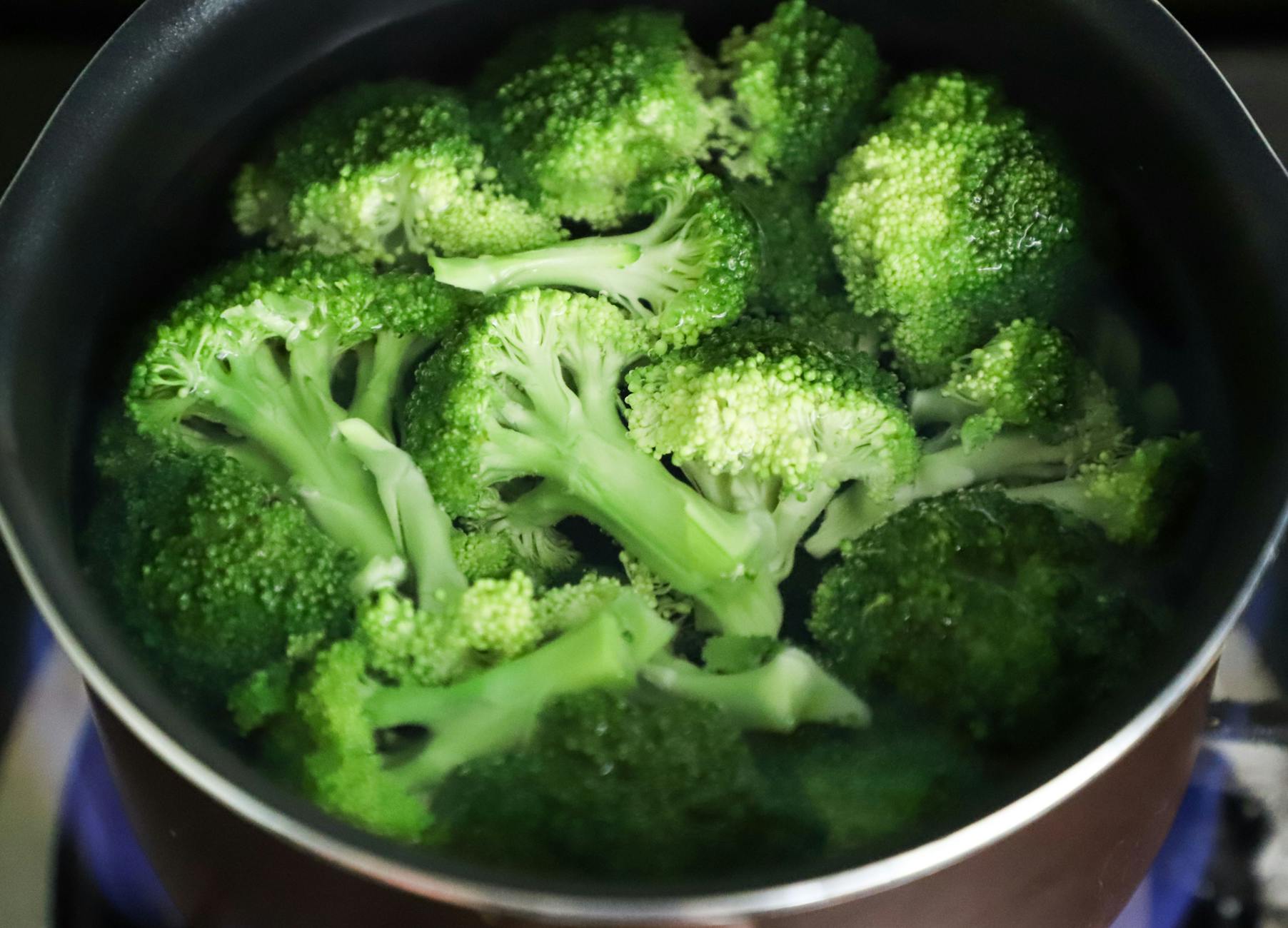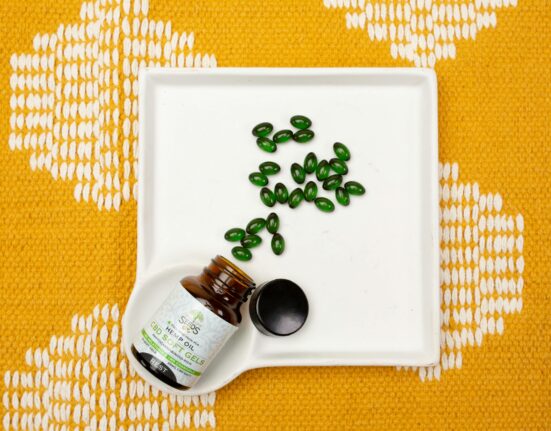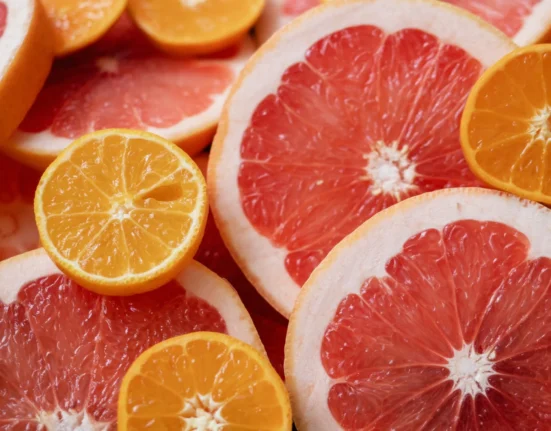Ever find yourself squinting at a nutrition label, trying to make sense of the tiny print and endless numbers? You’re not alone. Decoding these labels can feel like cracking a secret code, but it doesn’t have to be overwhelming.
Knowing how to read nutrition labels helps you make smarter choices about what you eat, whether you’re aiming for better health, fitness, or just avoiding hidden sugars. This guide breaks it down into simple, practical steps so you can glance at a label and instantly know what’s in your food. No jargon, no confusion – just clear takeaways you can use right away.
Understanding the Basics of Nutrition Labels
Nutrition labels are your cheat sheet for making better food choices, but they don’t always make it easy. Serving sizes seem arbitrary, calorie counts can be misleading, and the fine print hides what really matters. Let’s break down the essentials so you can scan any label and know exactly what you’re eating.
The Truth About Serving Sizes
Serving sizes on labels are standardized measurements, not what you’d actually eat in one sitting. A “single serving” of cereal might be half a cup, but who stops at that? Here’s what to watch for:
- Chips and snacks – A “serving” is often just 10-15 chips, but the bag contains multiple servings.
- Juice or soda – A bottle may list calories for 8 oz, even though it holds 16 oz or more.
- Ice cream – The label assumes you’ll eat half a cup, but most people scoop twice that.
Always check the servings per container first. If a snack has three servings but you eat the whole bag, you’re getting triple the calories, sugar, and sodium listed.
Calories: More Than Just a Number
Calories measure energy, but not all calories affect your body the same way. A 200-calorie candy bar spikes blood sugar and leaves you hungry, while 200 calories of almonds provide protein and fiber to keep you full.
Focus on where the calories come from:
- Empty calories – Sugary drinks, processed snacks, and white bread give quick energy with little nutrition.
- Nutrient-dense calories – Whole grains, lean proteins, and vegetables fuel your body longer and support overall health.
If weight management is your goal, calories matter, but quality matters more. A handful of nuts may have more calories than crackers, but the difference in how your body uses them is night and day.
Decoding Macronutrients
Macronutrients—fats, carbs, and proteins—are the big players in nutrition labels. They’re the fuel your body runs on, but not all types are created equal. Some keep you energized and full for hours, others leave you crashing by noon. Let’s break them down so you can spot the good, the bad, and the sneaky.
Fats: Friends and Foes
Fats have a bad reputation, but your body needs them. The key is knowing which ones to embrace and which to avoid.
- Unsaturated fats (the good kind) support heart health and fight inflammation. Find them in:
- Olive oil, avocados, nuts, and fatty fish like salmon.
- Saturated fats (use in moderation) are common in animal products. Too much can raise cholesterol. Watch for them in:
- Butter, cheese, red meat, and coconut oil.
- Trans fats (the worst) cling to your arteries and wreak havoc. Even small amounts harm your health. They hide in:
- Margarine, fried foods, and packaged snacks like cookies or microwave popcorn.
Check labels for “partially hydrogenated oils” — that’s code for trans fats, even if the label says “0 grams” (manufacturers can round down).

Photo by cottonbro studio
Carbohydrates: Simple vs. Complex
Carbs aren’t just bread and pasta. They’re your body’s main energy source, but quality matters.
- Simple carbs (quick burn) spike blood sugar, then leave you dragging. You’ll find them in:
- Candy, soda, white bread, and pastries.
- Complex carbs (slow burn) pack fiber and nutrients. They digest gradually, keeping you steady. Look for:
- Whole grains (oats, quinoa, brown rice), beans, and vegetables like sweet potatoes.
Fiber is a carb superhero. It keeps digestion smooth, controls hunger, and even lowers cholesterol. Aim for whole foods where fiber hangs out naturally—like berries, lentils, or broccoli—rather than fiber-added snacks.
Proteins: Building Blocks of Health
Proteins repair muscles, boost immunity, and keep you full longer. Whether you’re plant-based or a meat lover, plenty of options pack a punch.
- Animal sources (complete proteins) contain all essential amino acids:
- Eggs, chicken, Greek yogurt, and seafood like tuna or shrimp.
- Plant sources (mix and match for full protein):
- Lentils, chickpeas, tofu, quinoa, and almonds.
Protein powders and bars can help, but whole foods often offer more nutrition without additives. If a label lists protein, check where it’s coming from—soy isolate or pea protein? Or is it just a sprinkle on sugary cereal?
The Sneaky World of Sugars and Additives
Nutrition labels don’t always tell the full story. Some products hide sugars behind creative names or pack in artificial additives to make them last longer on shelves—often at the expense of your health. Here’s how to spot the offenders before they land in your cart.
Hidden Sugars: Names You Should Know
Sugar wears many disguises. Even if you skip the obvious candy and soda, it sneaks into yogurt, bread, salad dressings, and sauces. Manufacturers use over 50 different names for sugar, making it easy to overlook. Here’s what to scan for:
- High-fructose corn syrup – Cheap, ultra-sweet, and common in sodas, bread, and condiments.
- Maltose – Found in energy bars, beer, and processed snacks.
- Dextrose – Used in baking mixes, ice cream, and cereals.
- Evaporated cane juice – Sounds natural, but it’s still sugar.
- Fruit juice concentrate – Added to “healthy” snacks for sweetness without saying “sugar.”
Watch out for “low-fat” traps. When companies remove fat, they often replace flavor with sugar. A fat-free muffin might have twice the sugar of a regular one—hardly a healthier swap.

Photo by Artem Podrez
Artificial Additives and Preservatives
Processed foods rely on additives to look fresher, taste richer, and last longer. But some come with side effects you didn’t sign up for. Here’s the lowdown on common offenders:
- Sodium benzoate – Found in sodas and dressings, linked to increased hyperactivity in kids.
- Monosodium glutamate (MSG) – Enhances flavor in chips and frozen meals but may cause headaches in sensitive people.
- Carrageenan – A thickening agent in almond milk and yogurt, possibly triggering gut inflammation.
- Artificial colors (Red 40, Yellow 5, etc.) – Brighten candies and cereals, but some studies suggest links to behavioral issues.
Healthier alternatives do exist. Swap artificially flavored snacks for whole foods like fresh fruit, nuts, or air-popped popcorn. Choose products with short, recognizable ingredient lists—like “oats, honey, almonds” instead of a chemistry experiment.
The bottom line? If you can’t pronounce it, your body might not process it well either.
Micronutrients and Daily Values
Hidden in plain sight on every nutrition label, micronutrients play a colossal role in keeping your body humming. While macronutrients like carbs and protein hog the spotlight, vitamins and minerals work behind the scenes—powering your immune system, strengthening bones, and converting food into energy. Knowing how to spot these tiny titans (and interpret their % Daily Values) turns a confusing chart into actionable intel.
Essential Vitamins and Minerals
Micronutrients may come in minuscule amounts, but their impact is anything but small. Here’s what to zero in on:
- Iron – Carries oxygen through your blood. Too little leads to fatigue; too much can be harmful. Best sources:
- Red meat, spinach, lentils, fortified cereals.
- Calcium – Builds strong bones and teeth, keeps muscles and nerves functioning. Find it in:
- Dairy (milk, yogurt), almonds, kale, sardines.
- Vitamin D – Helps absorb calcium and boosts immunity. Your body makes it from sunlight, but food fills gaps:
- Fatty fish (salmon, tuna), egg yolks, fortified milk or orange juice.

Photo by Cats Coming
Don’t obsess over hitting 100% of every vitamin daily. Focus on consistency—eating a varied diet with plenty of whole foods naturally covers most bases.
What % Daily Value Really Means
That tiny percentage next to each nutrient? It’s not random. The % Daily Value (DV) shows how much a serving contributes to your total daily needs. Here’s the cheat sheet:
- 5% or less – Low. Fine for nutrients you want to limit (sodium, added sugar).
- 20% or more – High. Ideal for nutrients you want more of (fiber, vitamin D).
Example: If a granola bar provides 15% DV for iron, that’s solid—but if it also packs 25% DV for added sugar, it’s more treat than fuel.
Manufacturers base %DV on a 2,000-calorie diet, but your needs may vary. Athletes or pregnant women might need higher amounts of certain nutrients. Use %DV as a guide, not gospel.
Pro tip: Nutrients like potassium and magnesium often get ignored on labels, yet they regulate blood pressure and muscle function. If a food boasts high %DV for these, it’s a quiet win.
Practical Tips for Label Reading
Nutrition labels don’t have to be a maze. With a few smart strategies, you can cut through the clutter and spot what matters in seconds. Whether you’re checking calories, dodging hidden sugars, or hunting for nutrients, these tips turn label reading from a chore into a quick, confident habit.

Photo by RDNE Stock project
The Quick Scan Method
Skip the overwhelm. Focus on these three areas first:
- Serving size – This is the benchmark for all numbers on the label. A bag of chips might list 150 calories per serving, but if you eat the whole bag (3 servings), you’re really getting 450 calories.
- Calories – Not just a number. Compare it to the serving size. If a snack packs 300 calories for 10 crackers, ask yourself: is it worth half your afternoon energy budget?
- Key nutrients – Prioritize fiber, protein, and healthy fats (look for unsaturated fats). Then check limits: sodium (under 200mg per serving), added sugars (the lower, the better), and saturated fats (keep it minimal).
Here’s how to apply it:
- Glance at the serving size. Adjust the numbers in your head if you’ll eat more.
- Scan calories relative to nutrients. A 200-calorie yogurt with 15g of protein is a better pick than a 200-calorie juice with 30g of sugar.
- Check the % Daily Value for fiber (aim for 10% or more) and iron (especially important for women).
Red Flags to Watch Out For
Labels flirt with healthy-sounding claims, but the ingredients tell the real story. Here’s what to avoid:
- “Natural flavors” – A vague term that can mask chemicals or processed additives.
- “Partially hydrogenated oils” – Translation: trans fats, even if the label claims “0g” (companies legally round down).
- “Made with whole grains” – Often means minimal whole grains mixed with refined flour. Check the ingredients list—whole grains should be first.
- “Sugar-free” or “low-fat” – Usually means added artificial sweeteners or extra salt for flavor.
Ingredient list tricks:
- If sugar appears in the first 3 ingredients, it’s a sugary product, no matter what the front label says.
- Longer ingredient lists often mean more processing. Simpler is better: “peanuts, sea salt” beats “peanuts, vegetable oil, dextrose, maltodextrin, salt.”
Keep a mental checklist. The fewer red flags, the closer the food is to its natural state. Your body will thank you.
Conclusion
Nutrition labels aren’t hieroglyphics—they’re a roadmap to smarter eating. Serve sizes ground you. Calories tell a story. Macros and sugars reveal the rest. Scan for fiber, protein, and hidden additives. Let the %DV guide you without ruling you.
Now, take this knowledge to the grocery aisle. Flip a box, skim a label, and make one choice that aligns with your goals. Small wins build big habits.
Your next meal is a chance to eat with confidence. What will you pick first?








